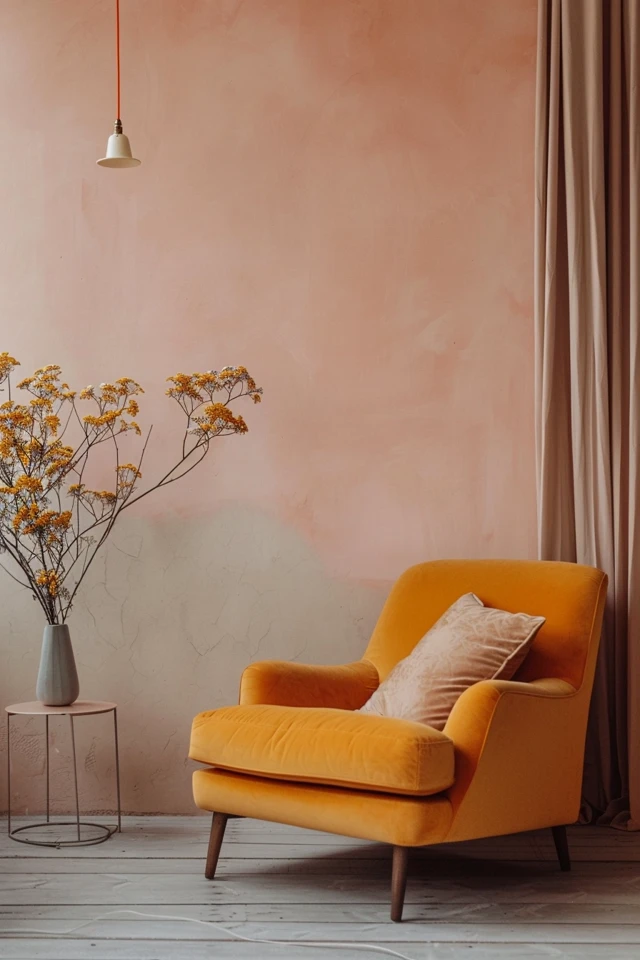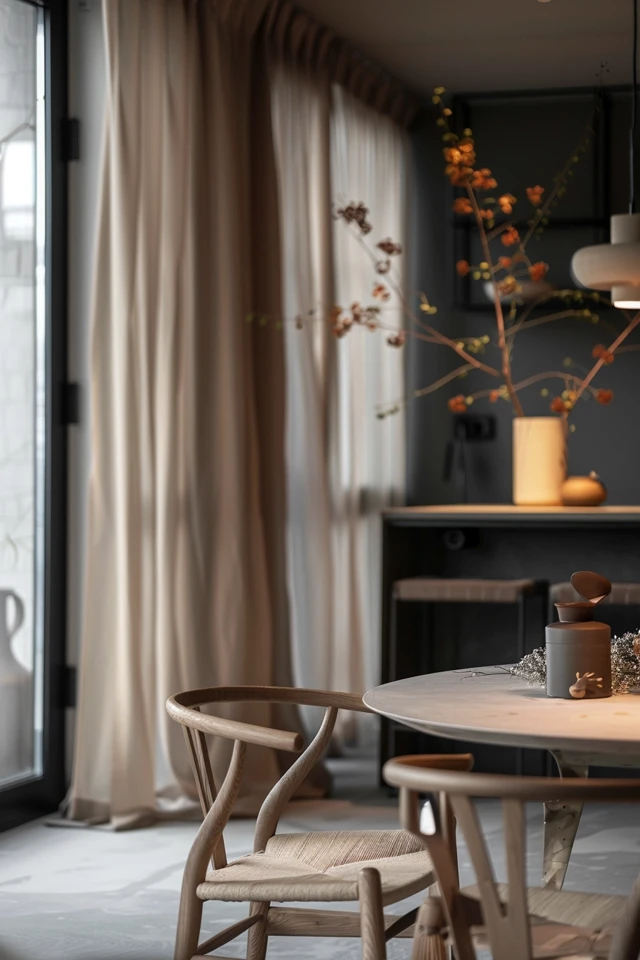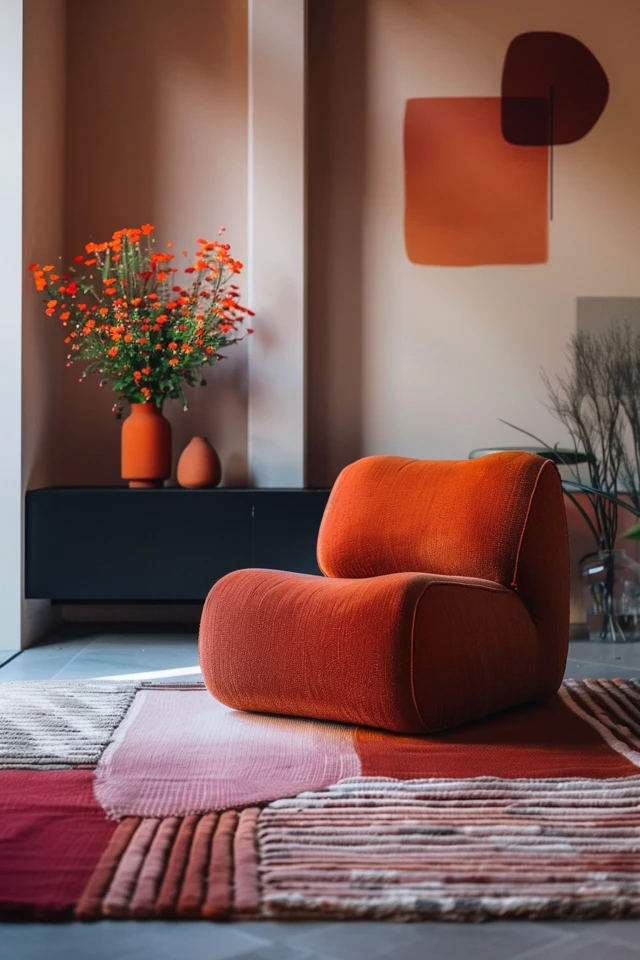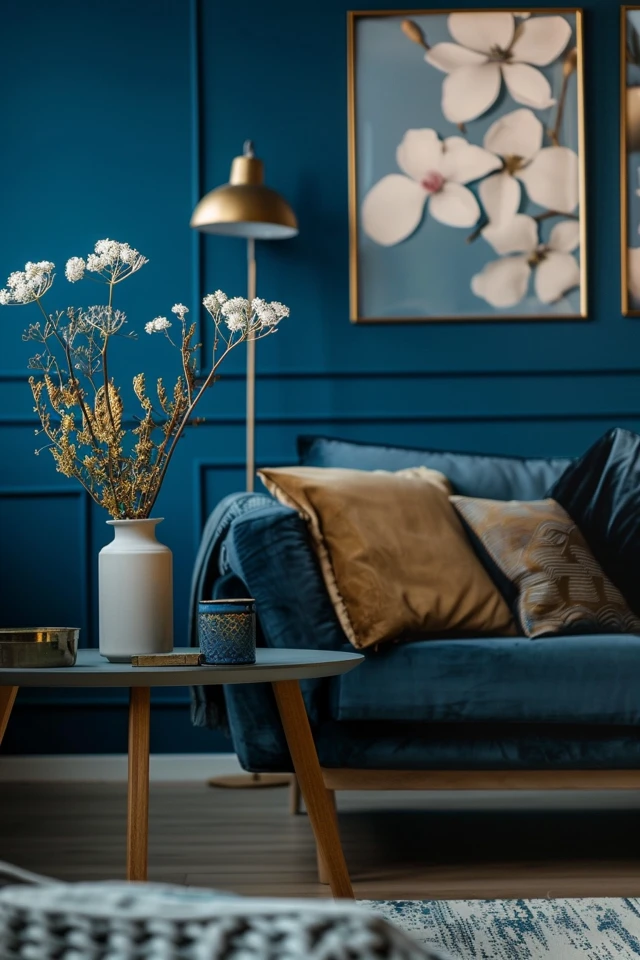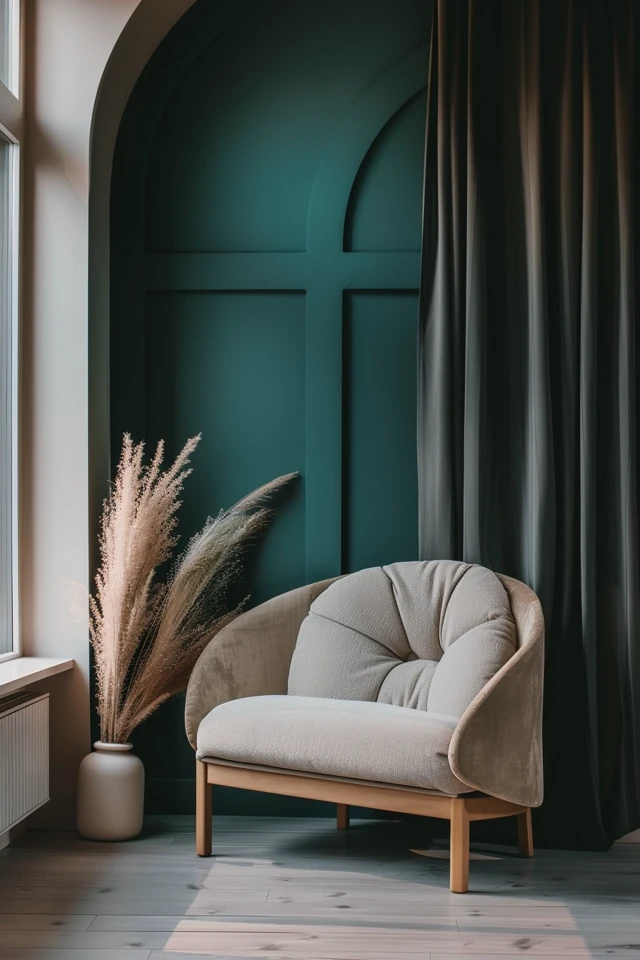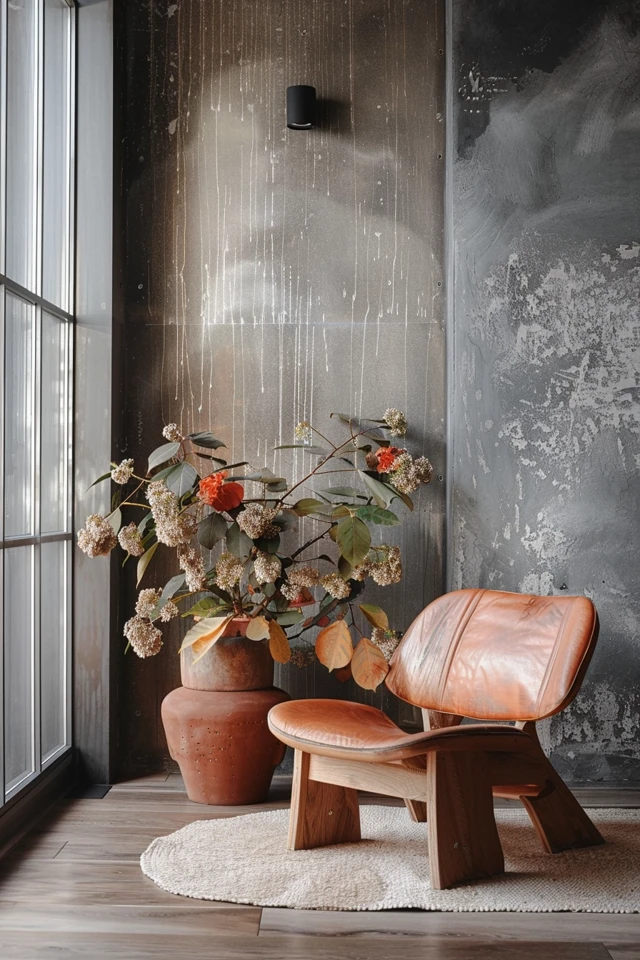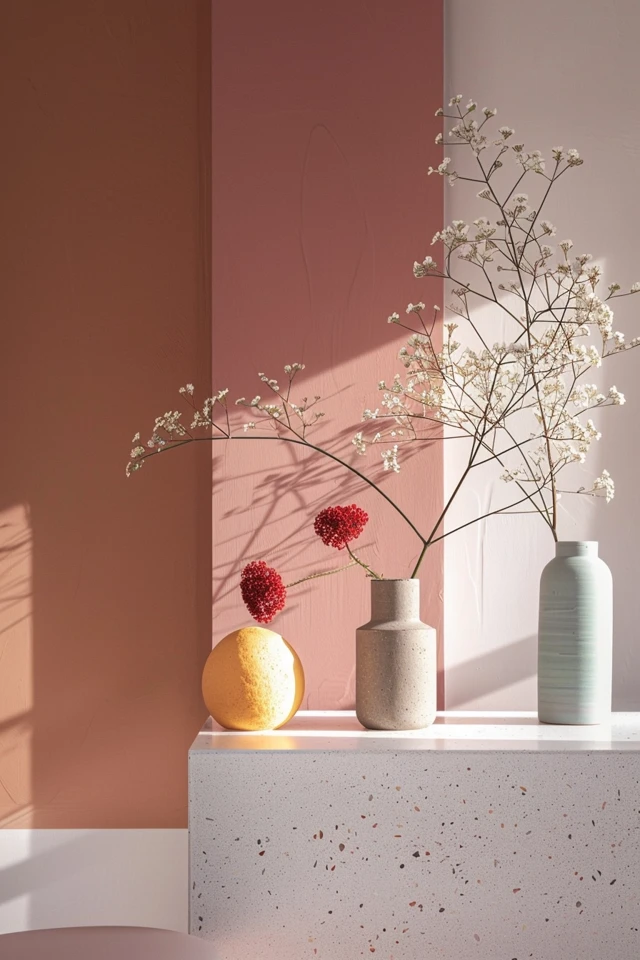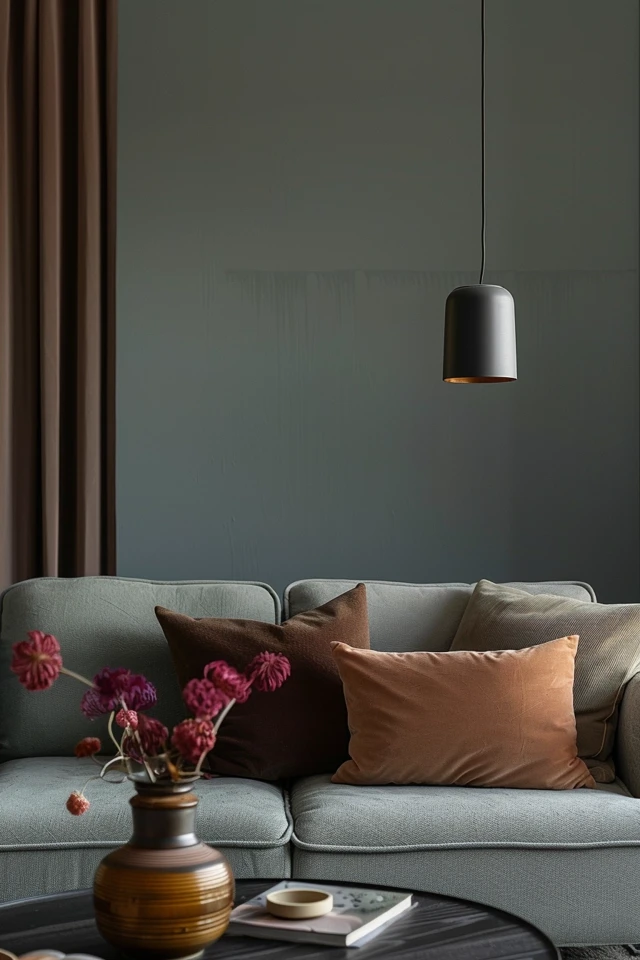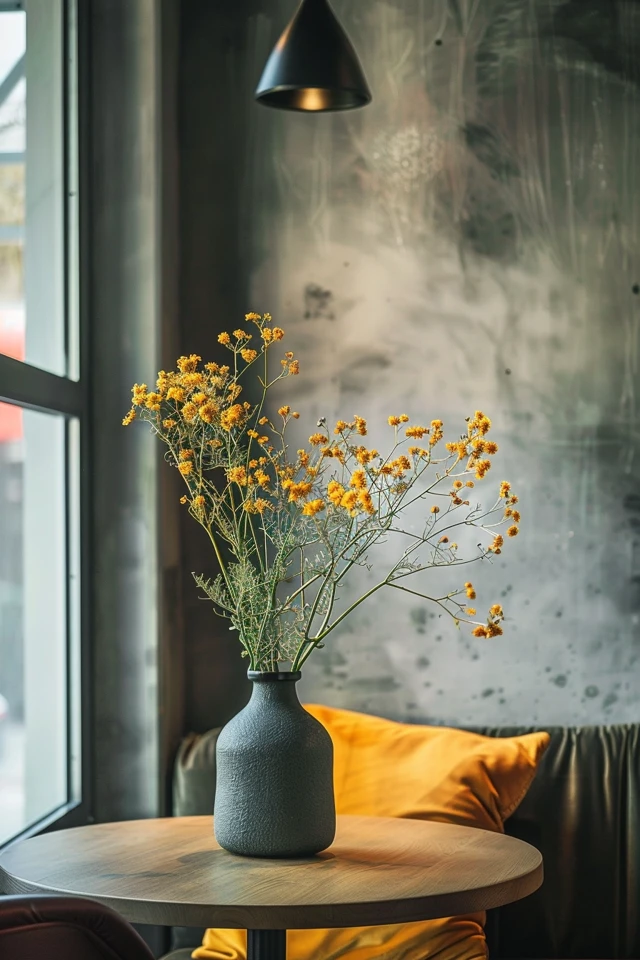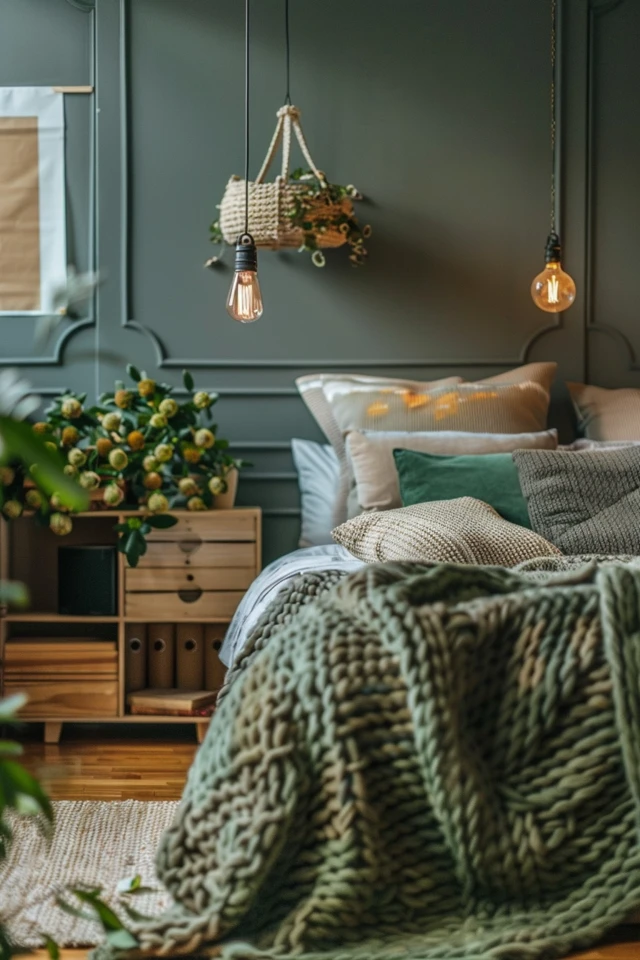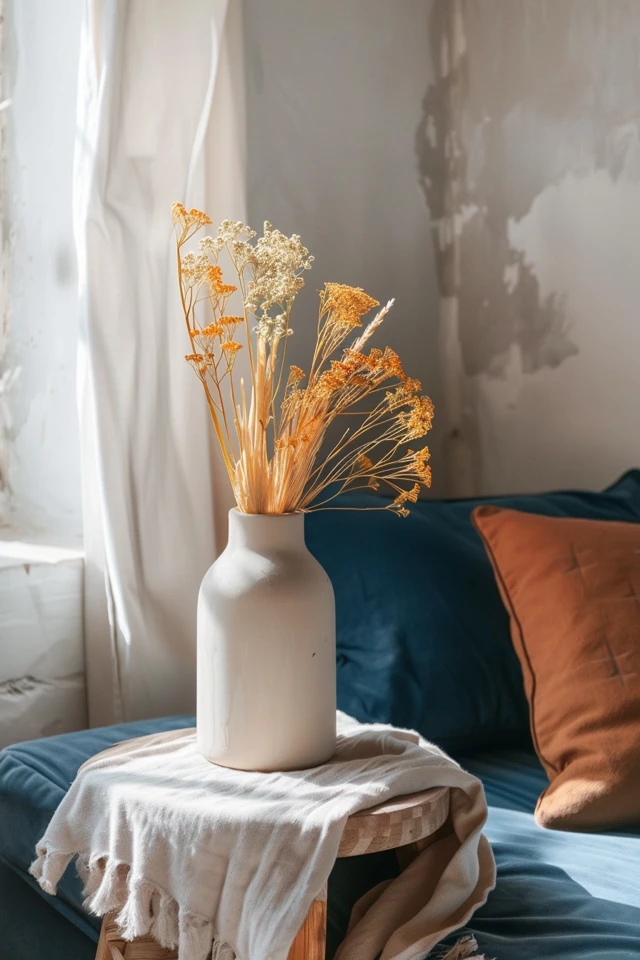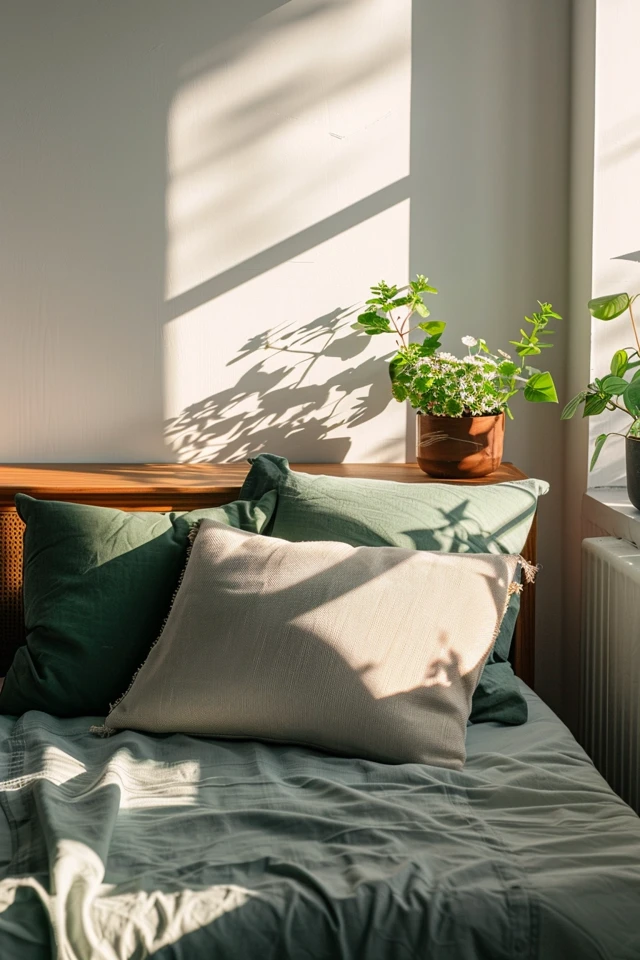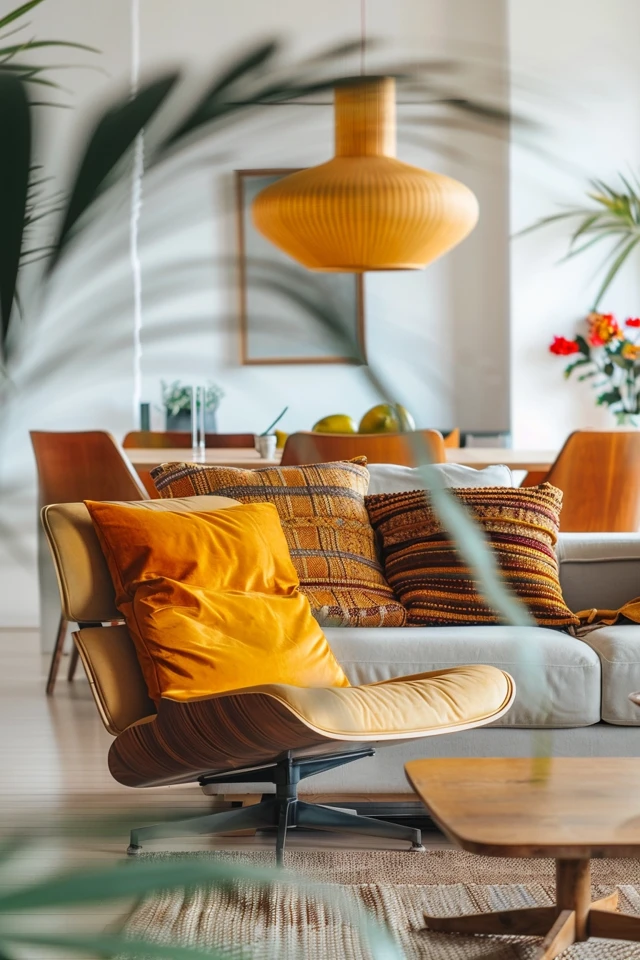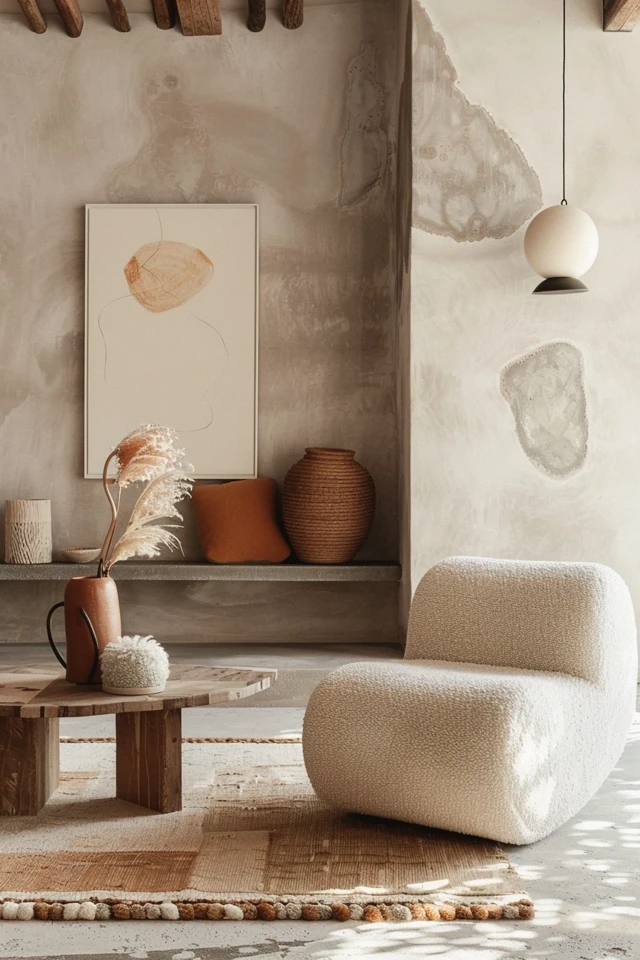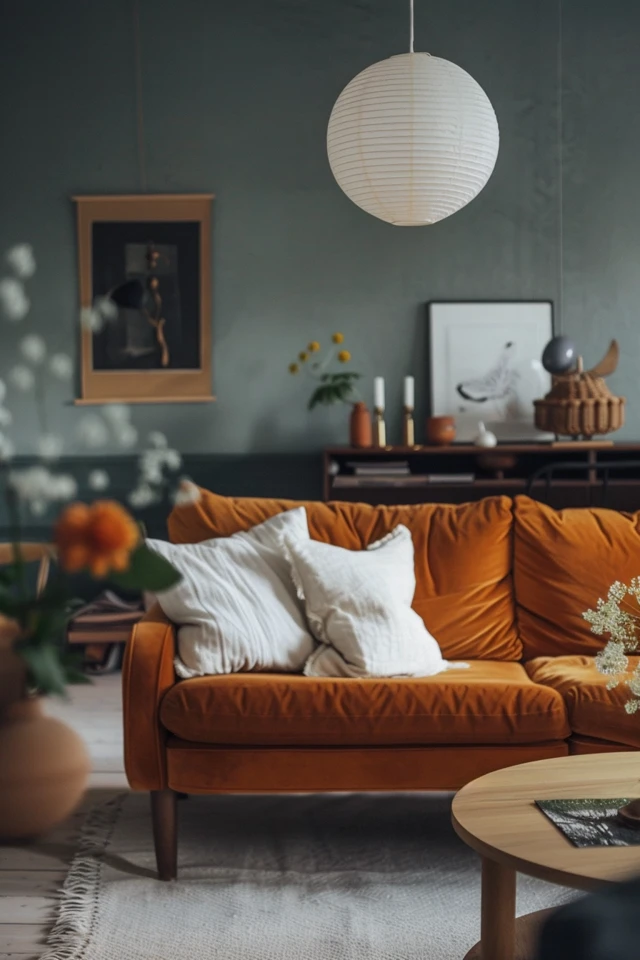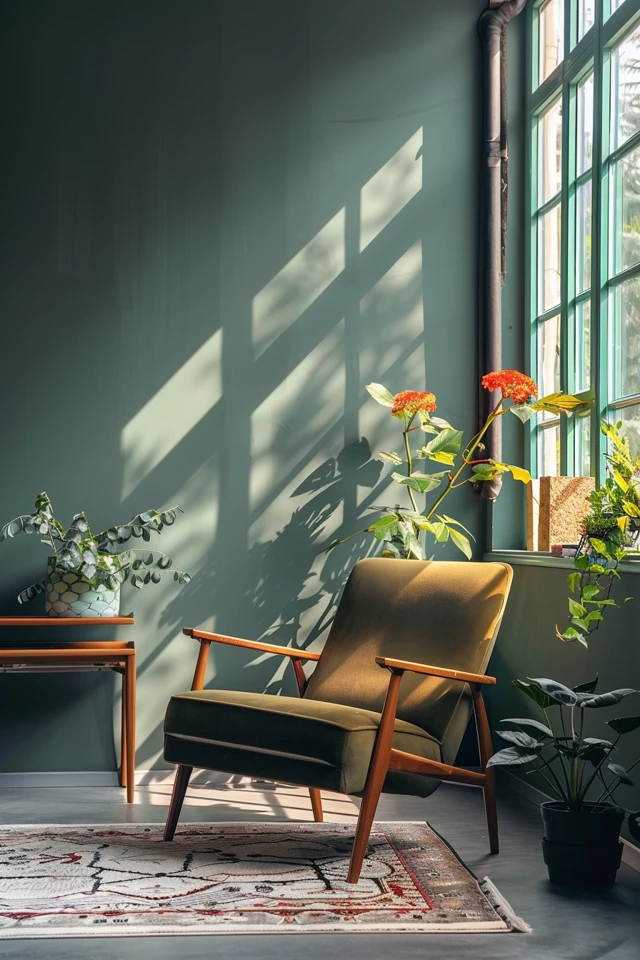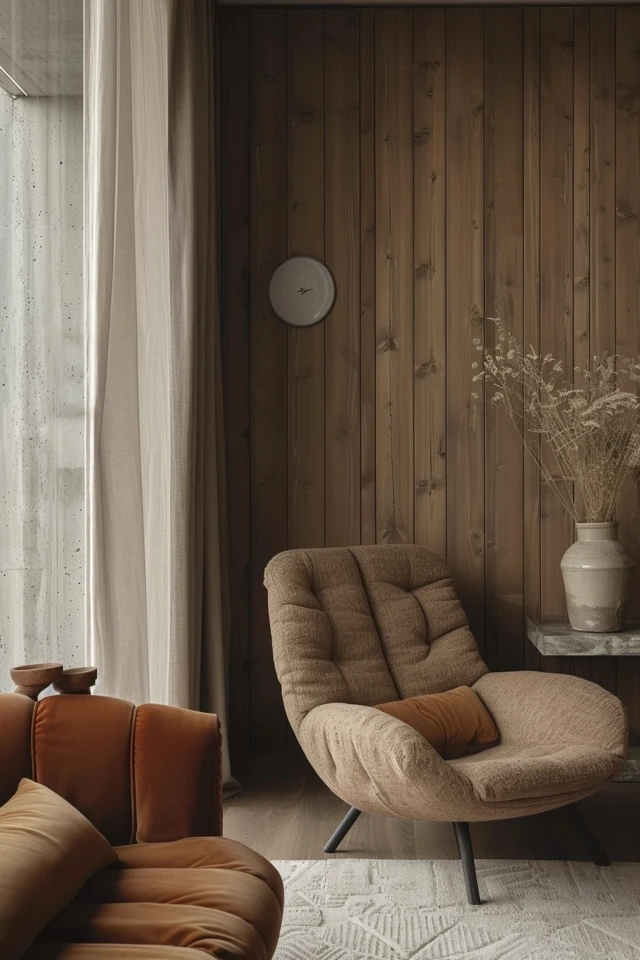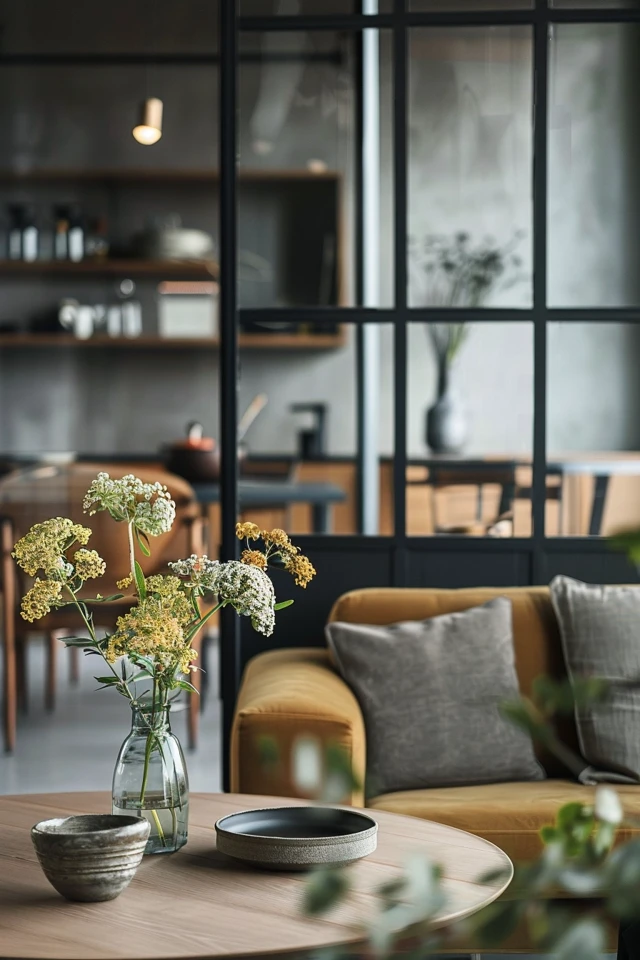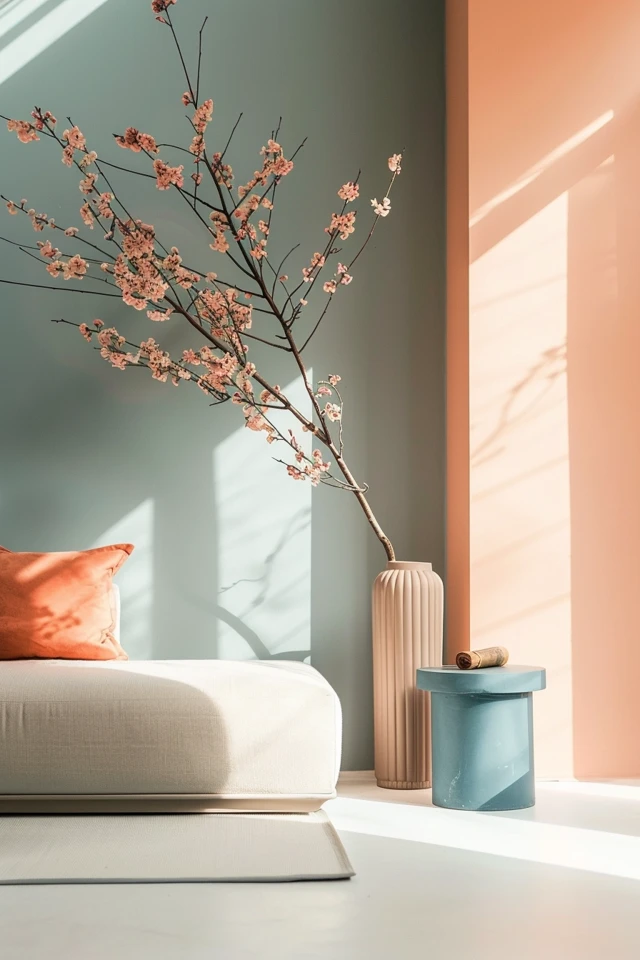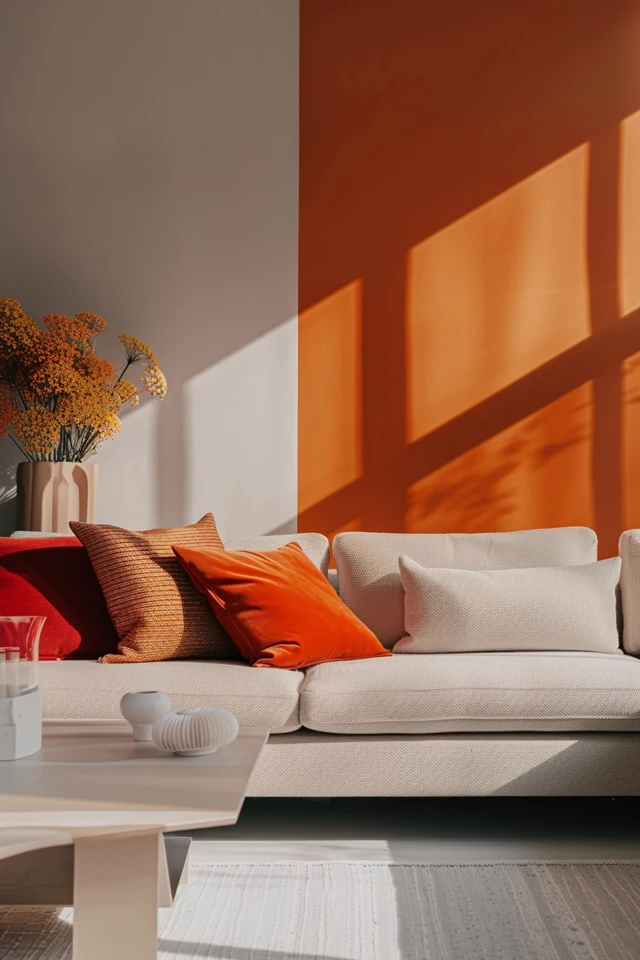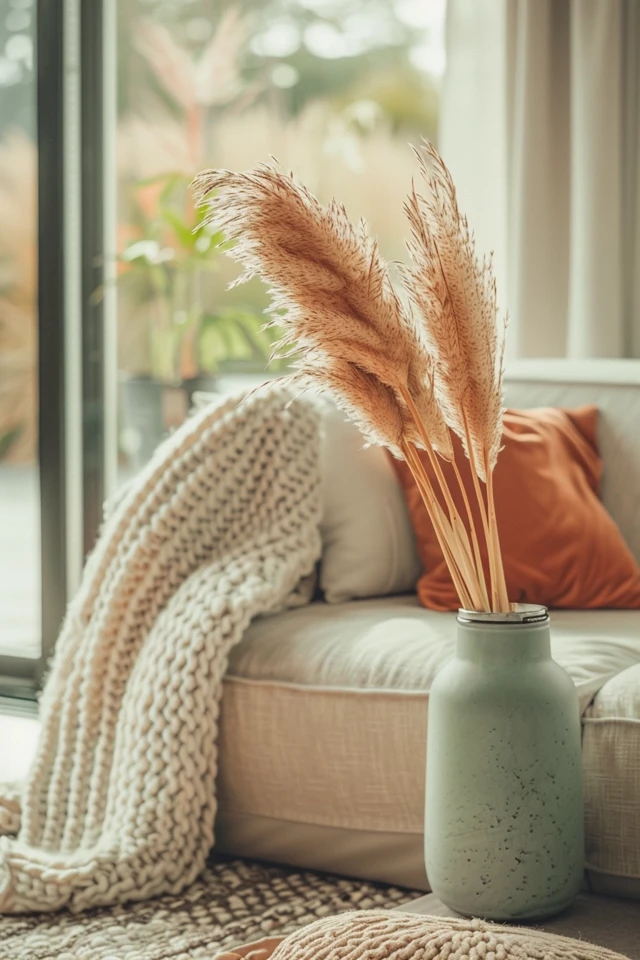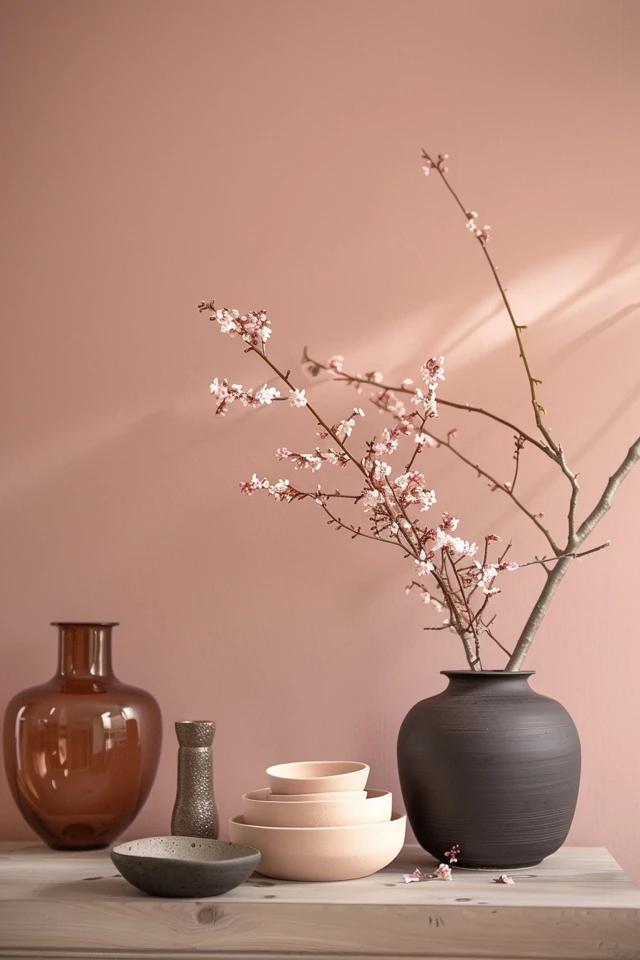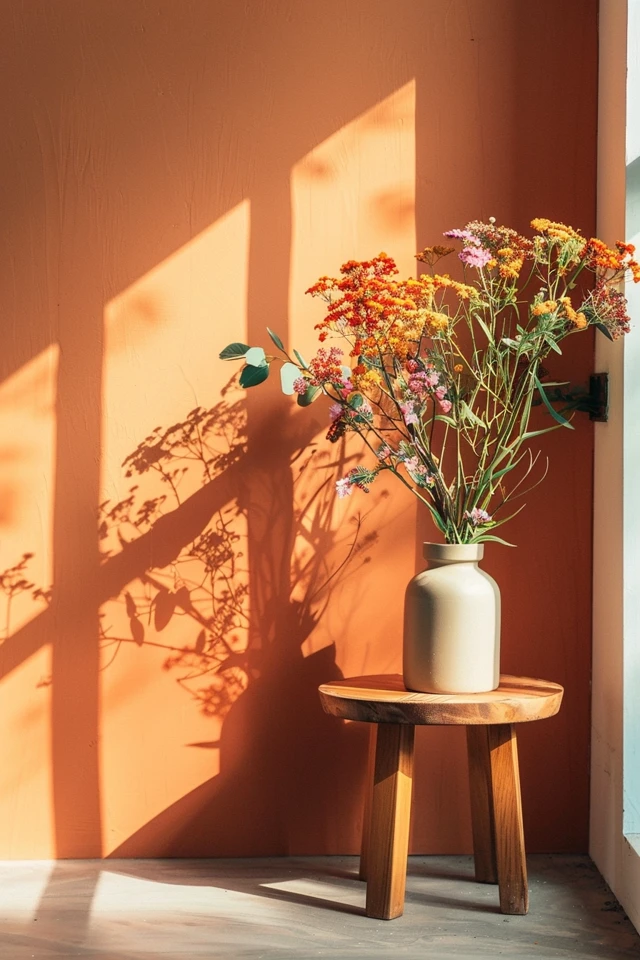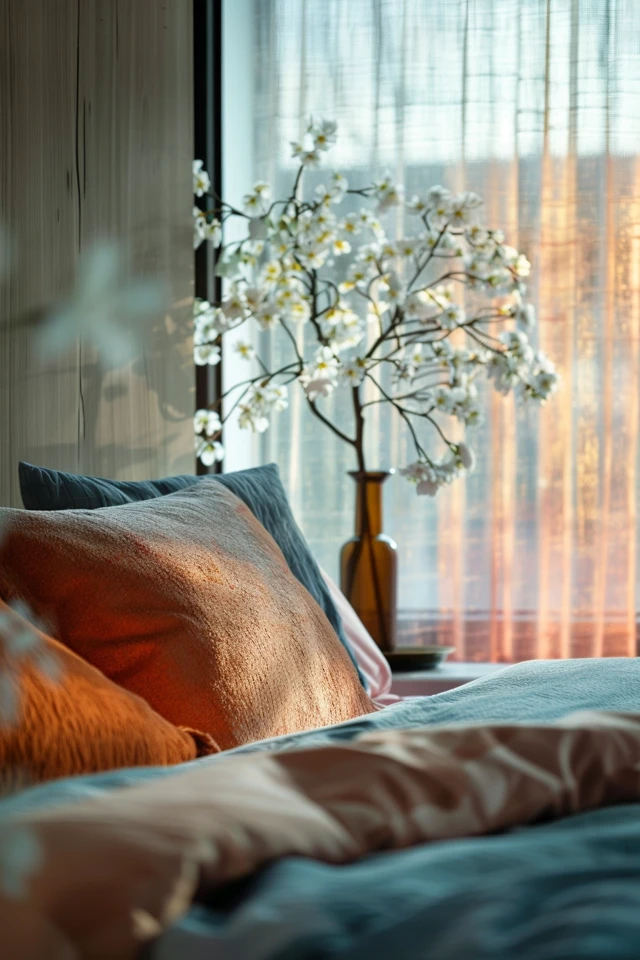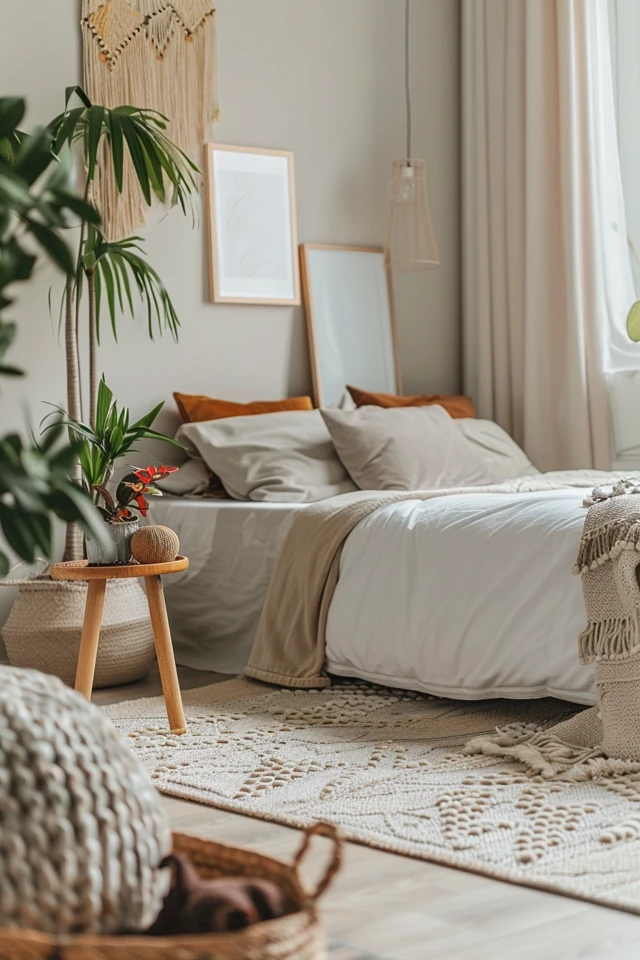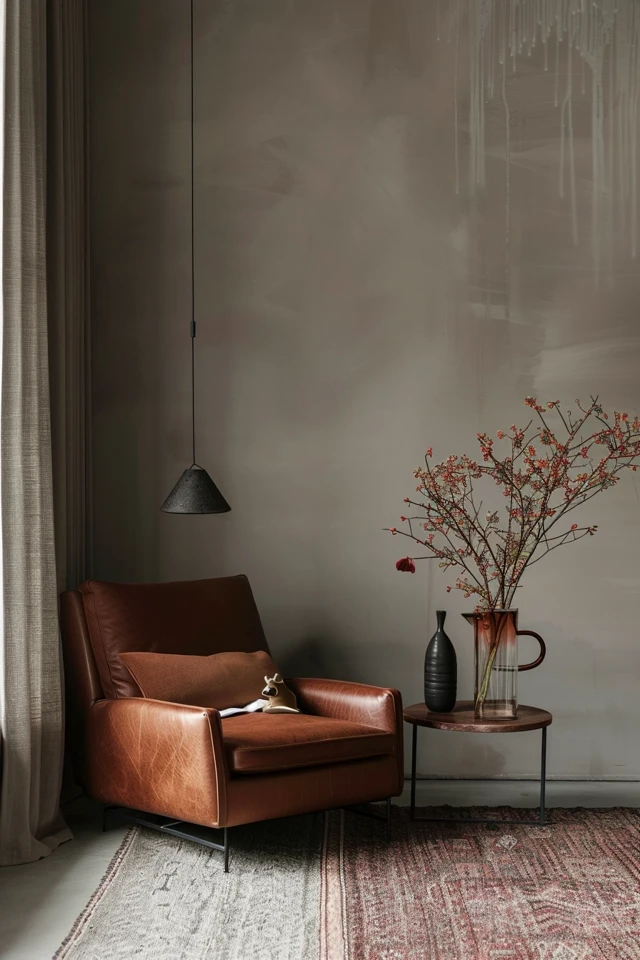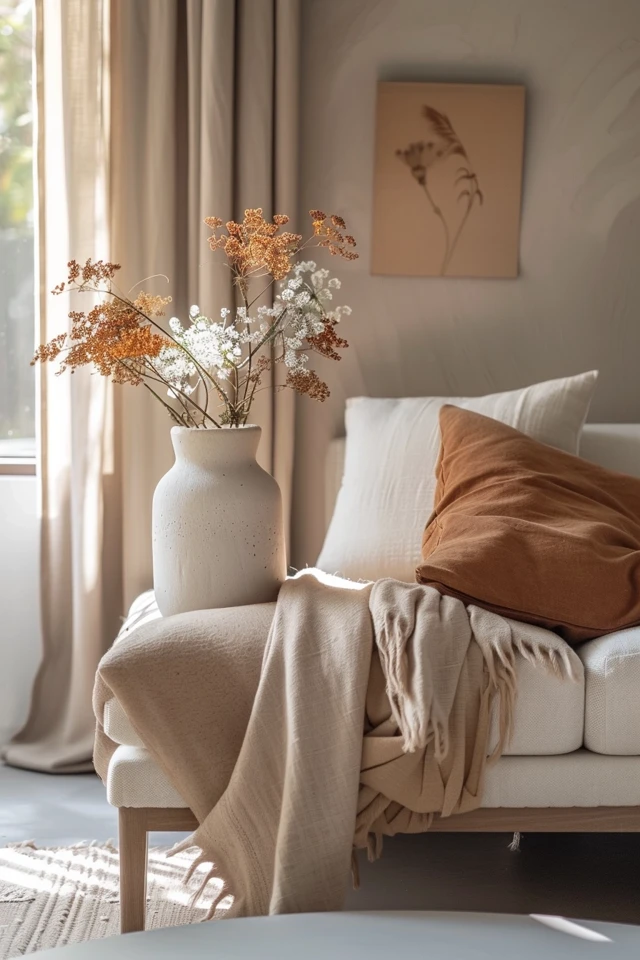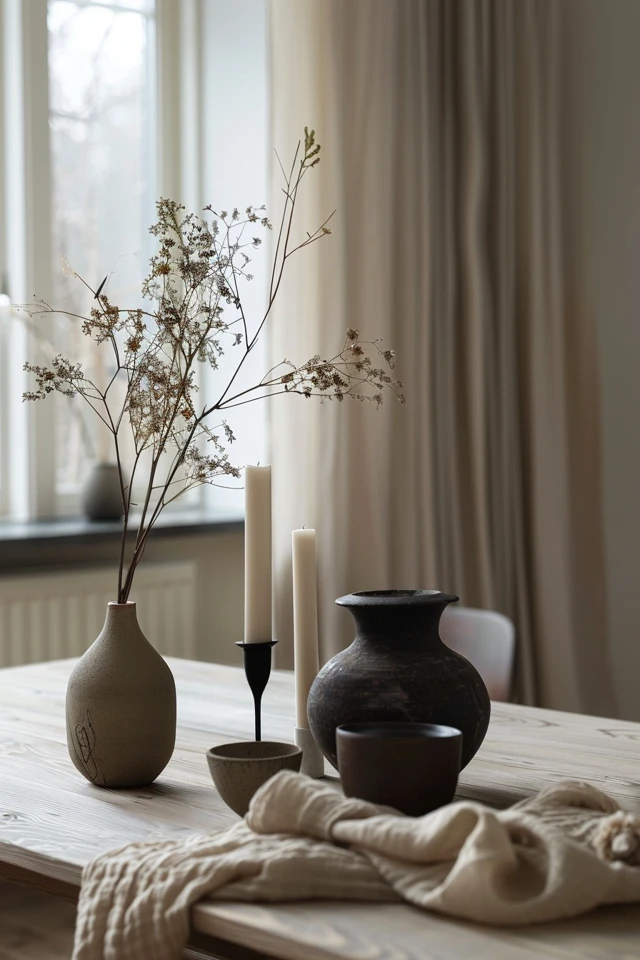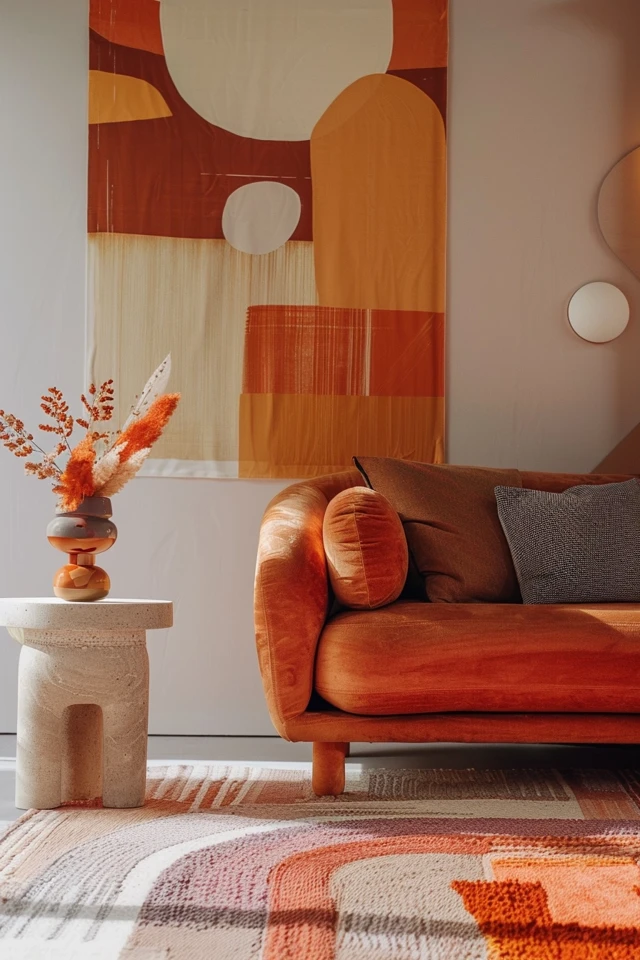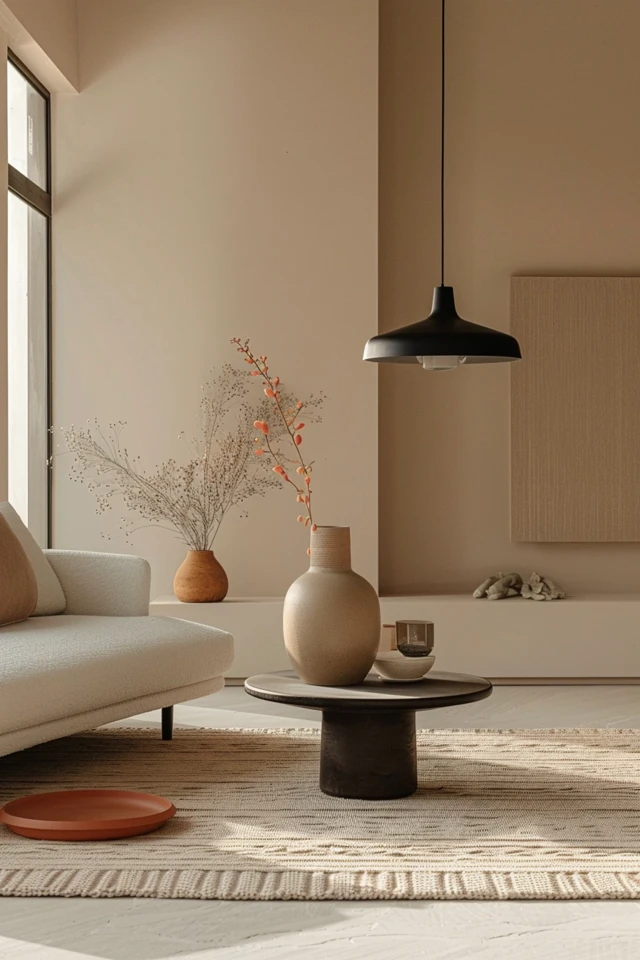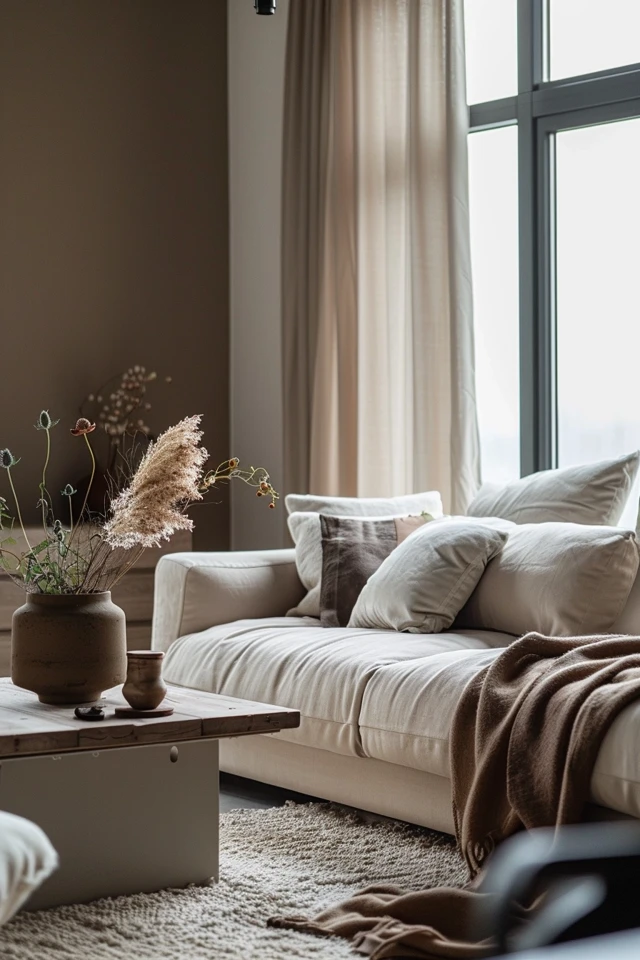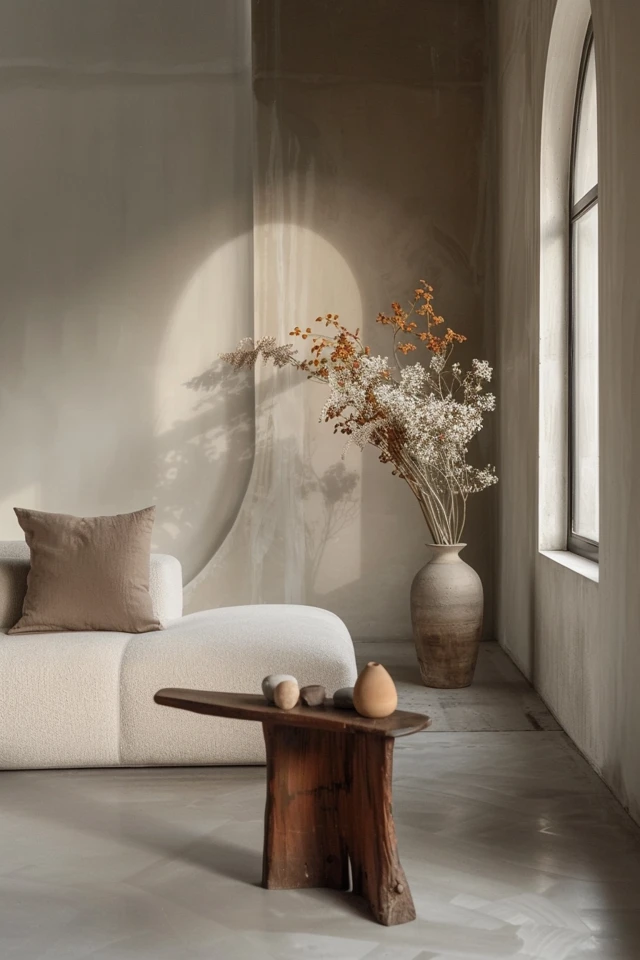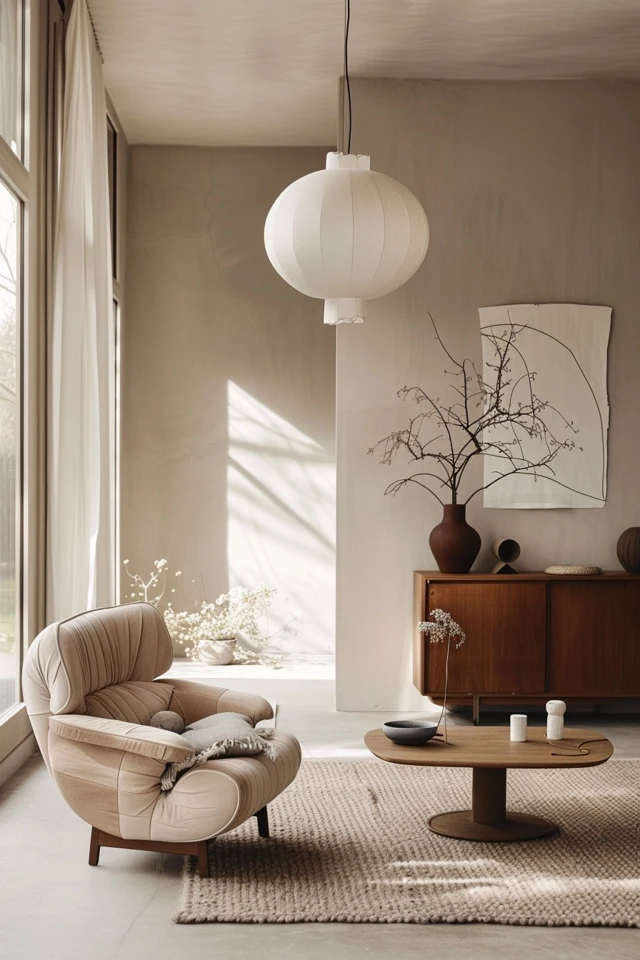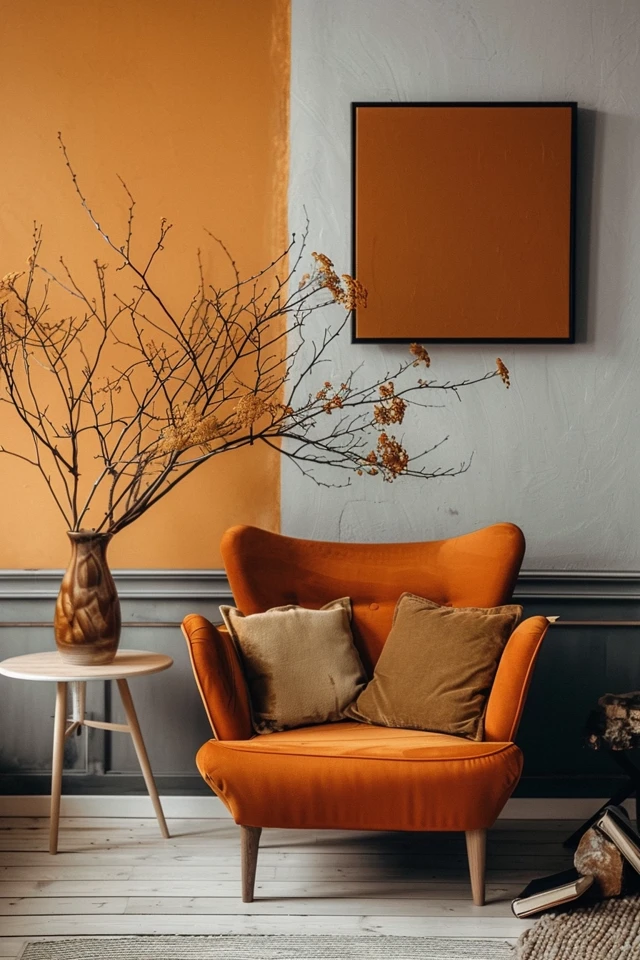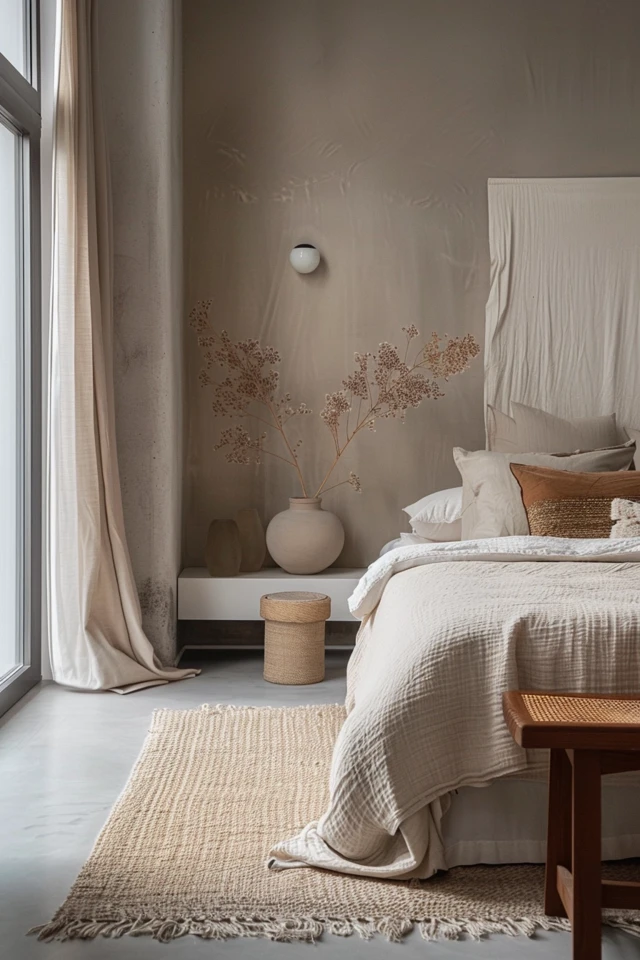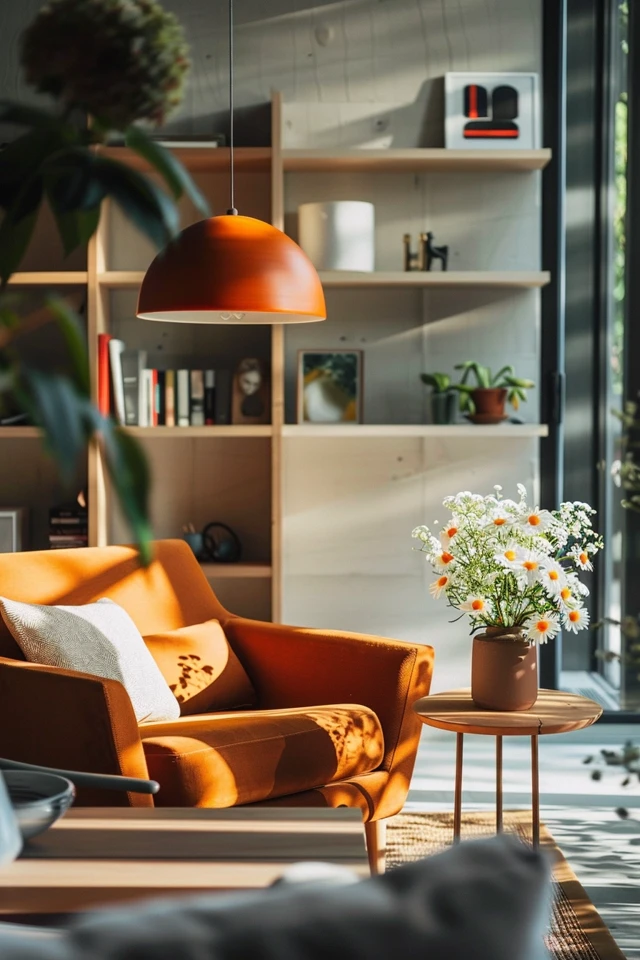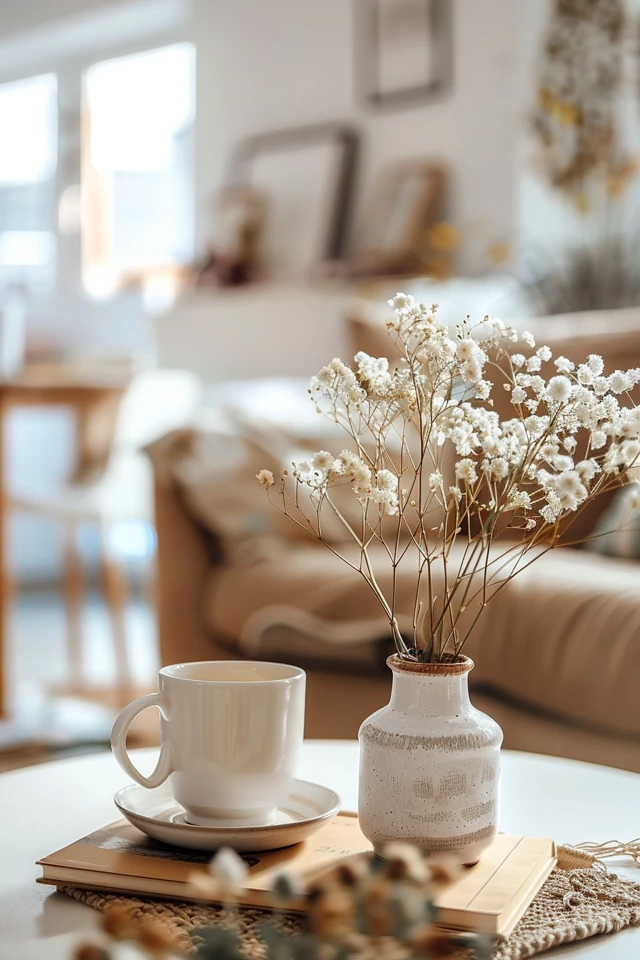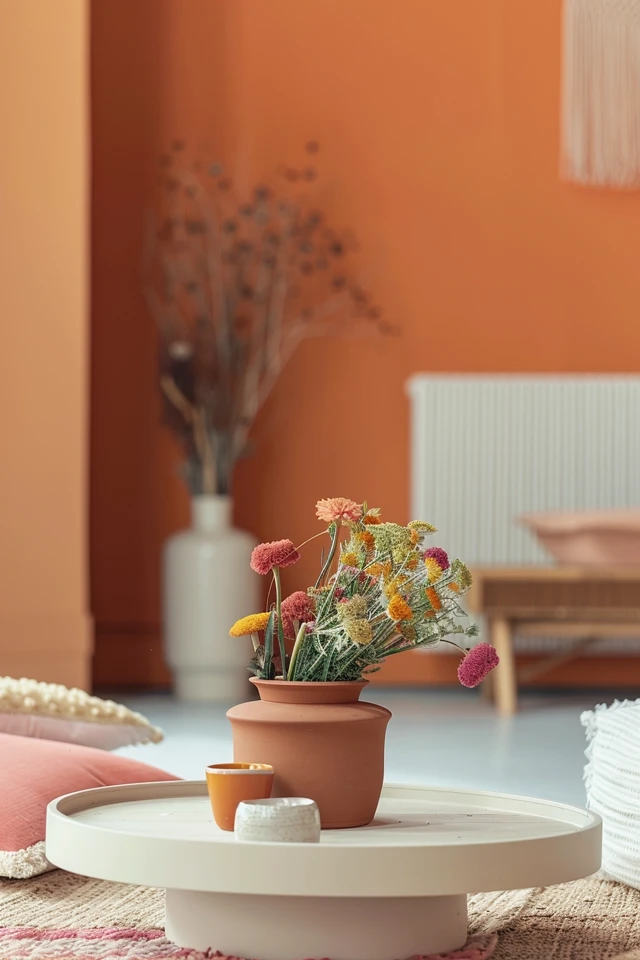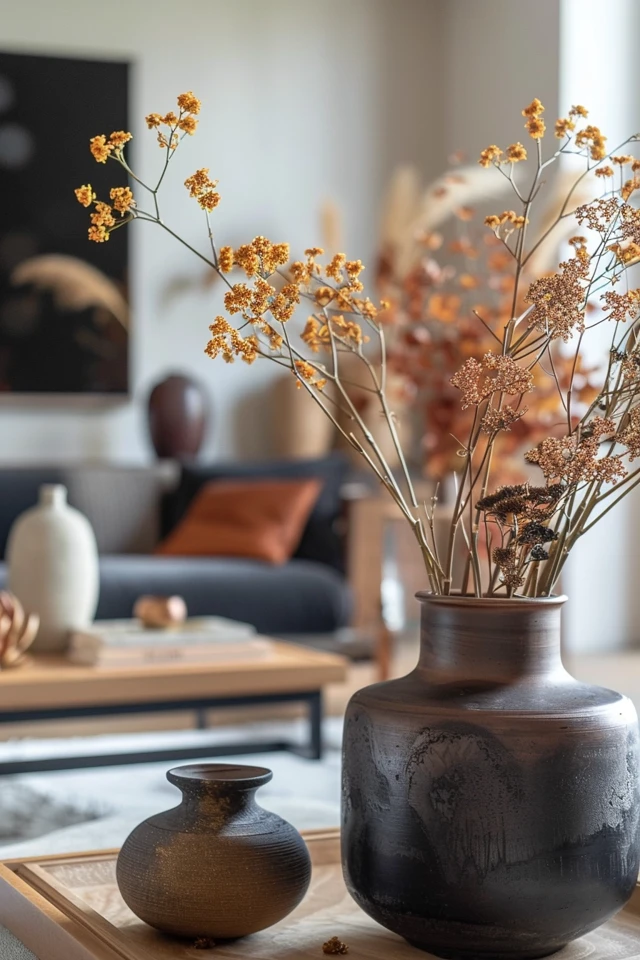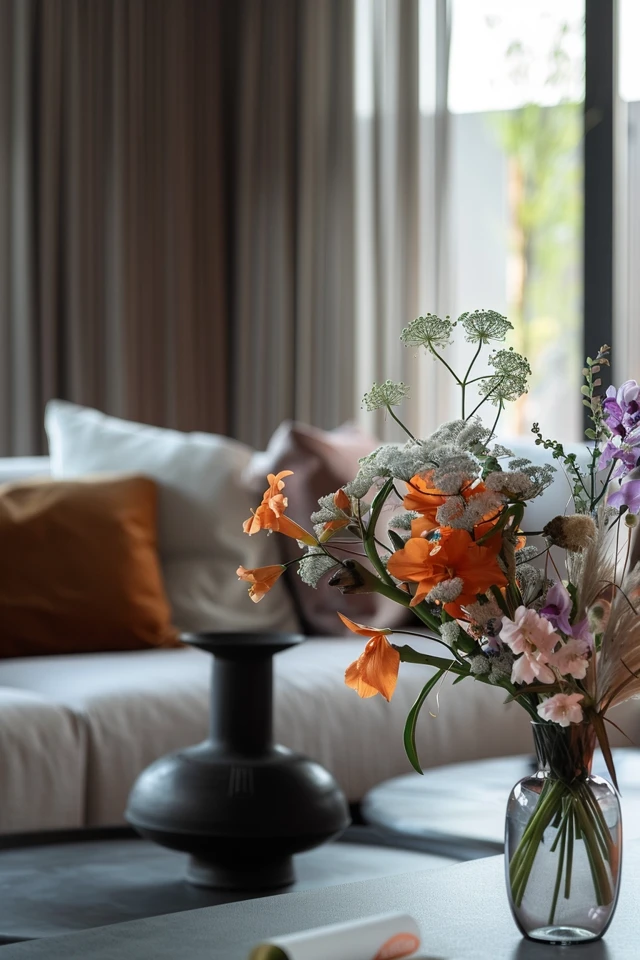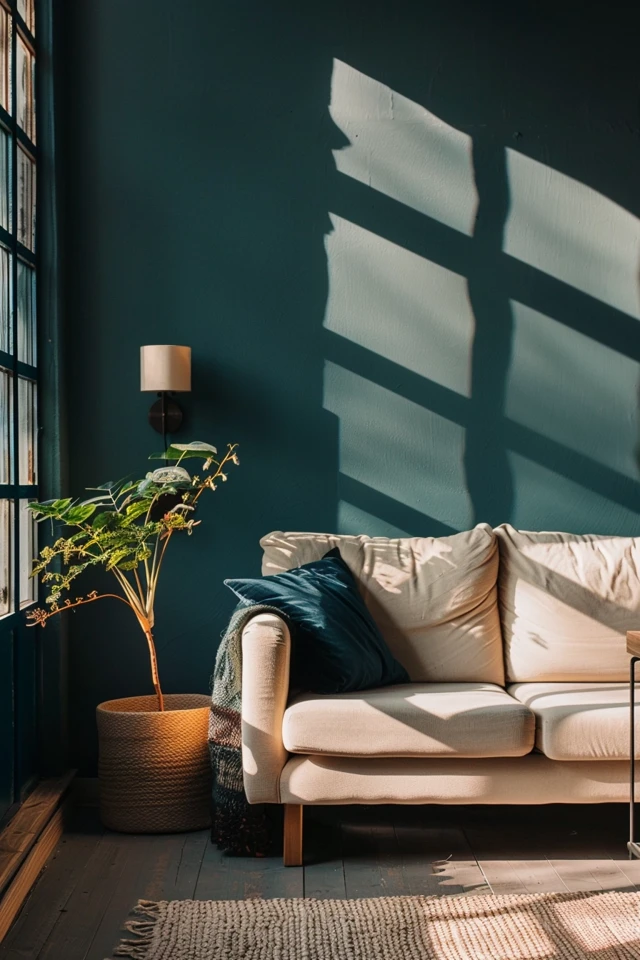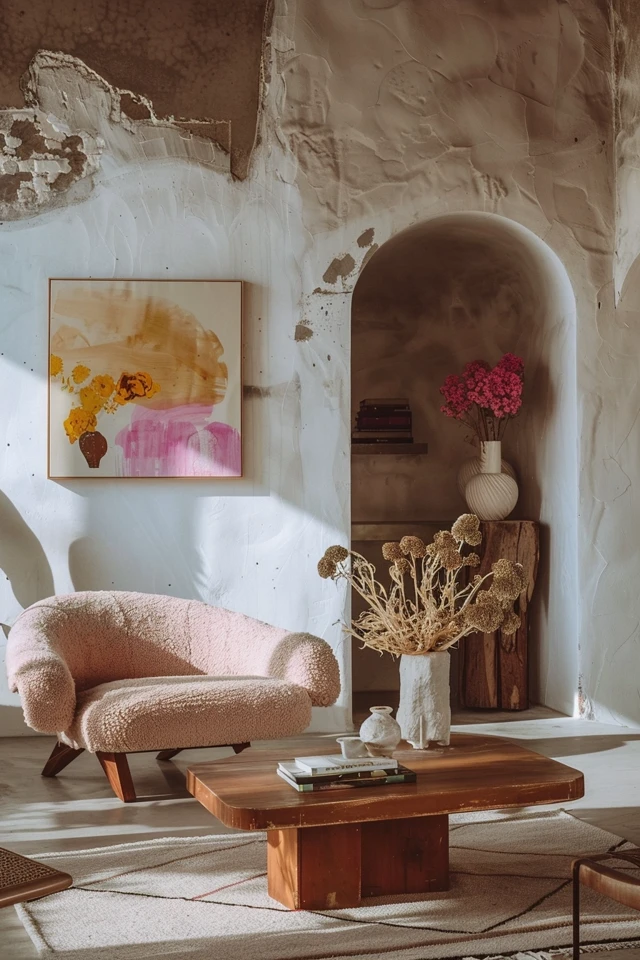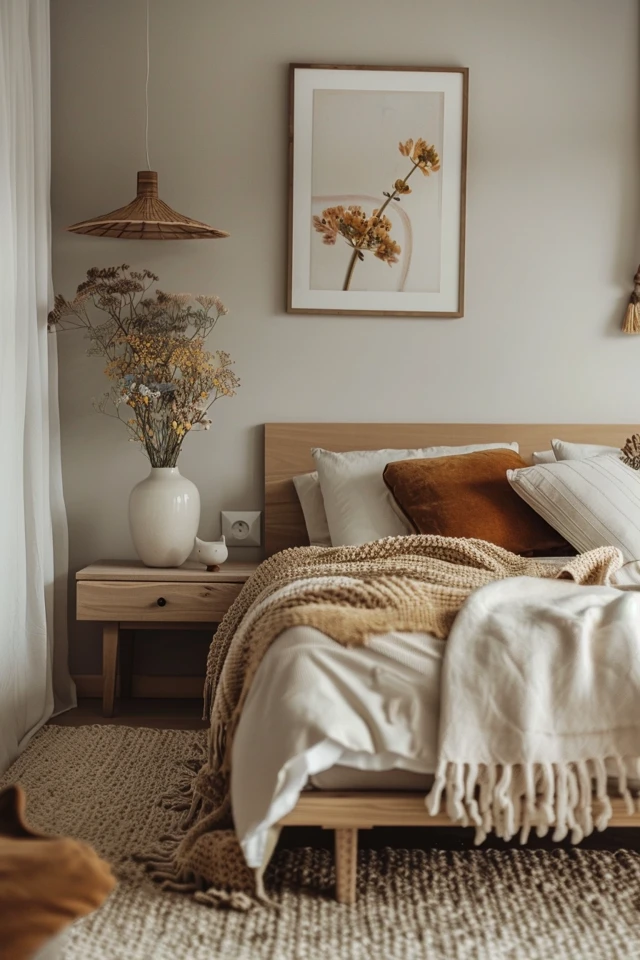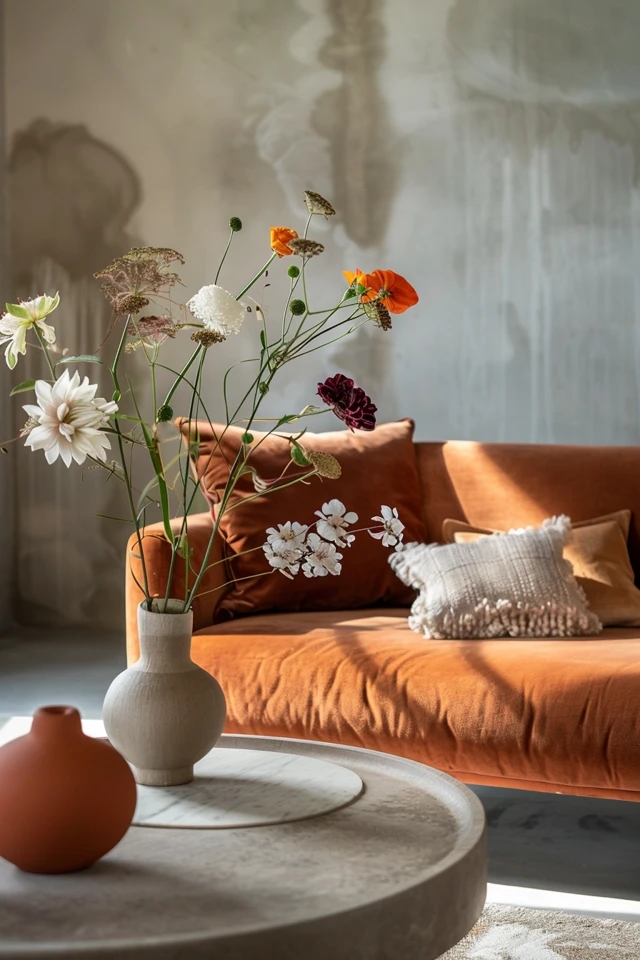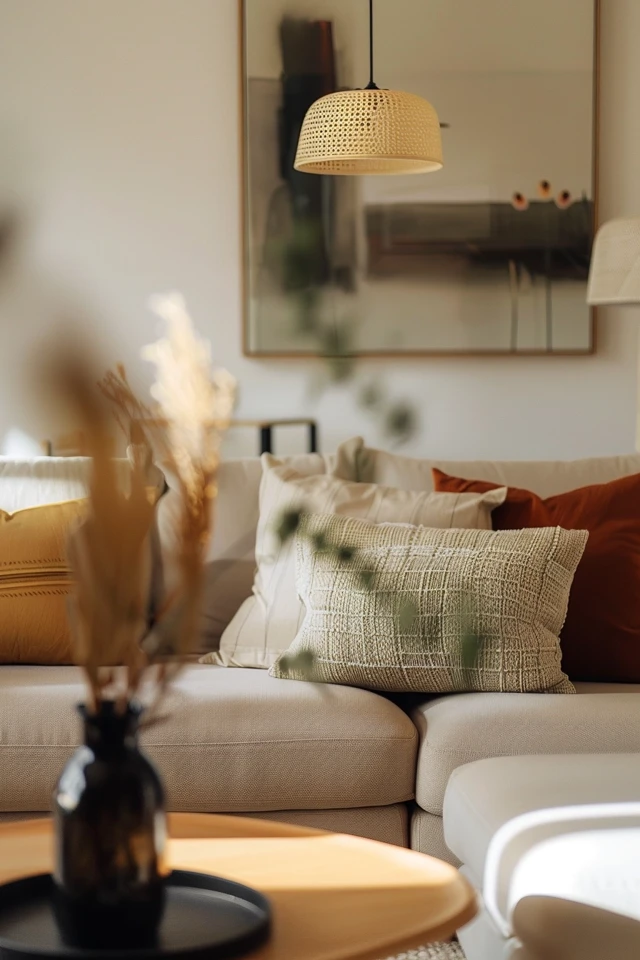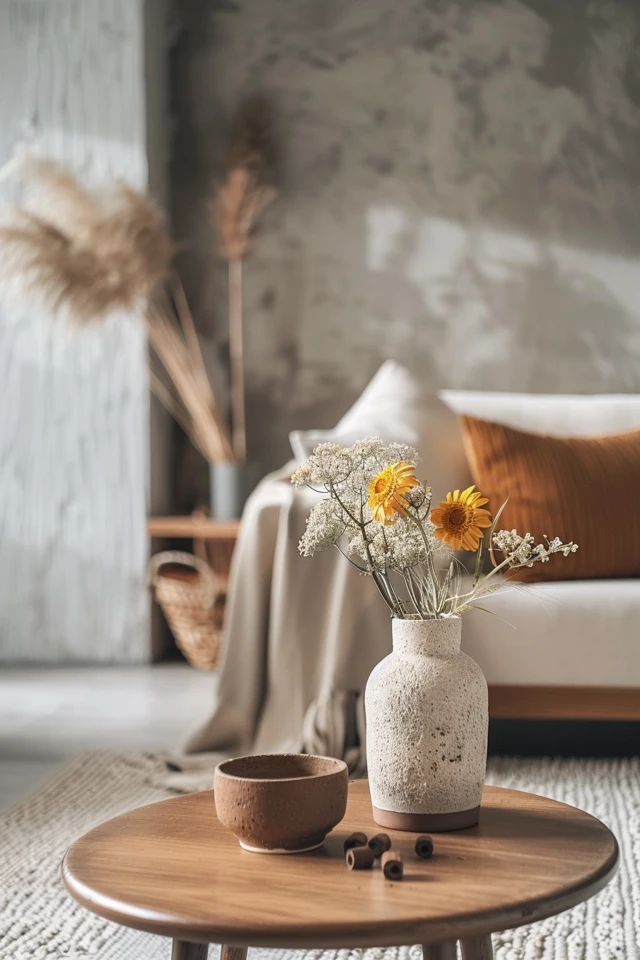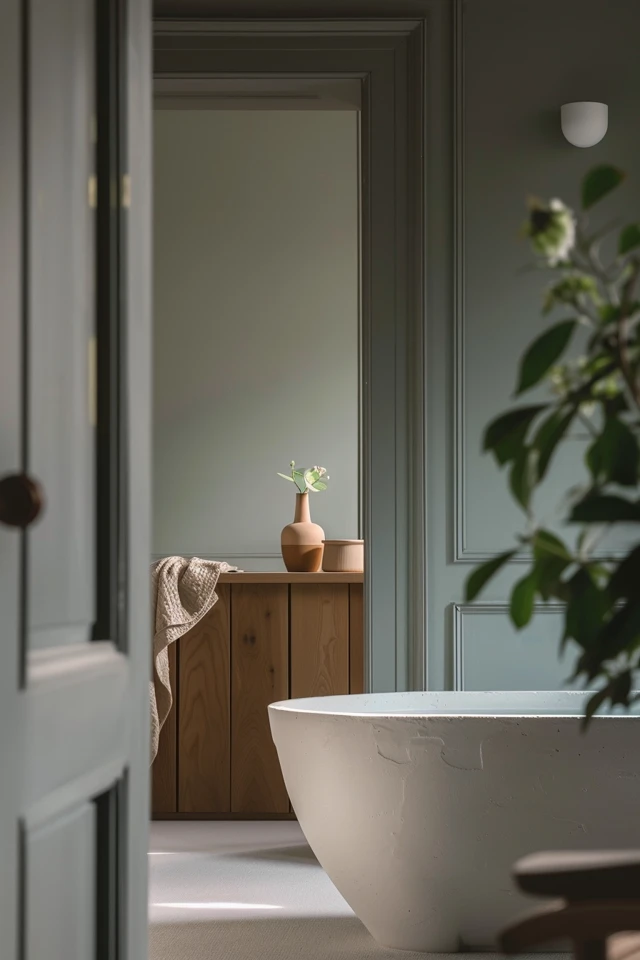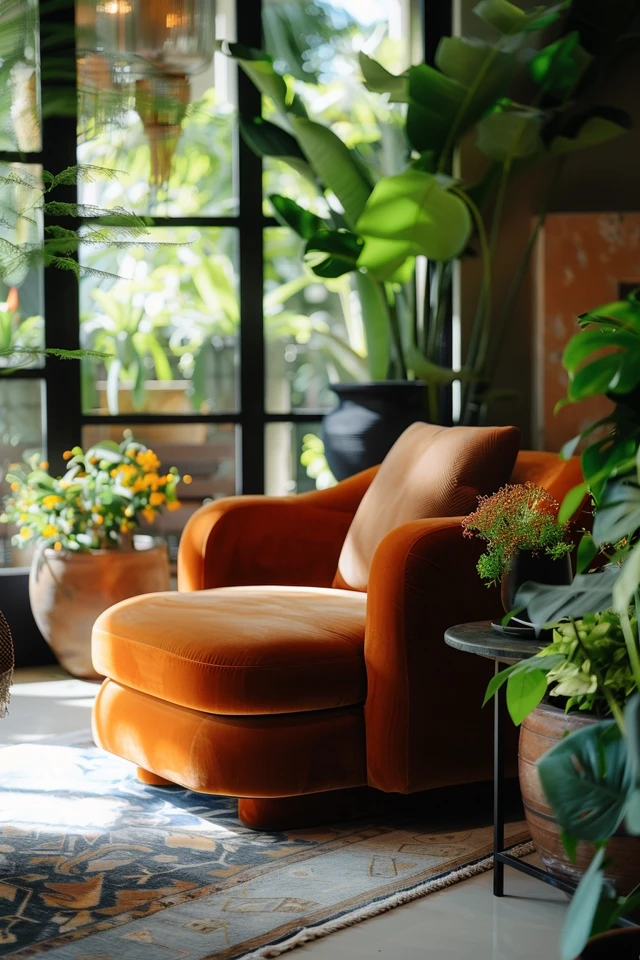Before Reading this Article, Hire Us As Your Designer or Take a Look at My Top 3 Amazon Picks!
If you are looking to blend Amazon's furniture finds with a personalized touch for your space, check out my portfolio, and hire us! You'll get 3 Idea boards, 2 Concept Boards, 2 Realistic Renderings, a Floor Plan, and a Shopping List! Everything's online, plus a 25% discount on your first online interior design project with my Havenly Promo code 4c7441bcfb. With over 2,000 designs since 2017 and top US brand partnerships, your project is in expert hands. US only. Ready to start?
Trending Style Room Ideas: Forecasting Future Interior Design Trends
In the ever-evolving world of interior design, staying ahead of the trends is key to creating spaces that are both stylish and functional. As an architect and interior designer with expertise in evidence-based design, I’ve seen how emerging trends can transform homes, making them not only more beautiful but also more livable. This guide will explore the top trending style room ideas and forecast future interior design trends that will shape our living spaces in the coming years.
Design trends often reflect broader cultural shifts and technological advancements. As we look to the future, it’s clear that sustainability, technology, and personalization will play significant roles in shaping interior design. Whether you’re planning a complete home makeover or just looking for some inspiration, these trending style room ideas will help you stay ahead of the curve and create a space that is both contemporary and timeless.
The future of interior design is exciting, with new materials, technologies, and design philosophies coming to the fore. By understanding these trends, you can make informed choices that enhance your home’s aesthetic and functionality. Let’s dive into the key trends that are set to define the future of interior design and explore how you can incorporate them into your home.
Key Takeaways:
- Embrace sustainable design to create eco-friendly and stylish spaces.
- Integrate smart home technology for enhanced convenience and efficiency.
- Focus on biophilic design to bring nature indoors and improve well-being.
- Adopt multifunctional furniture to maximize space and versatility.
- Personalize your space with unique and meaningful decor elements.
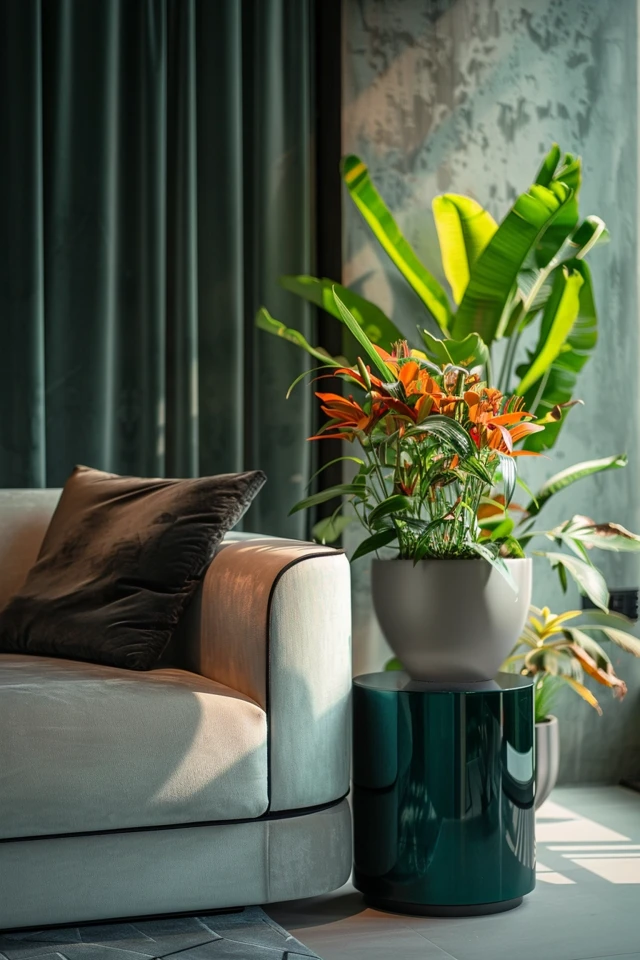
1. Embrace Sustainable Design to Create Eco-Friendly and Stylish Spaces
Sustainability is no longer just a buzzword; it’s a crucial aspect of modern interior design. Embracing sustainable design principles can help create spaces that are both beautiful and environmentally friendly.
Eco-Friendly Materials: Use eco-friendly materials like reclaimed wood, bamboo, and recycled metal. These materials not only reduce environmental impact but also add a unique character to your home.
Energy-Efficient Lighting: Incorporate energy-efficient lighting solutions such as LED bulbs and smart lighting systems. These options reduce energy consumption and offer customizable lighting options.
Sustainable Fabrics: Choose sustainable fabrics like organic cotton, linen, and hemp for upholstery and textiles. These materials are durable and have a lower environmental footprint.
Green Building Practices: Implement green building practices such as proper insulation, solar panels, and rainwater harvesting systems. These practices enhance the sustainability of your home.
Indoor Plants: Integrate indoor plants to improve air quality and bring a touch of nature indoors. Plants like succulents, ferns, and peace lilies are low-maintenance and visually appealing.
2. Integrate Smart Home Technology for Enhanced Convenience and Efficiency
Smart home technology is revolutionizing the way we live, offering convenience, efficiency, and enhanced control over our living environments.
Smart Lighting: Use smart lighting systems that can be controlled via smartphone apps or voice commands. These systems allow you to adjust lighting levels, colors, and schedules.
Home Automation Systems: Integrate home automation systems that control various aspects of your home, such as heating, cooling, security, and entertainment. These systems enhance comfort and convenience.
Smart Appliances: Choose smart appliances like refrigerators, ovens, and washing machines that offer advanced features and connectivity. These appliances can be controlled remotely and provide real-time updates.
Voice Assistants: Incorporate voice assistants like Amazon Alexa, Google Assistant, or Apple Siri to control smart devices and access information hands-free.
Energy Management Systems: Use energy management systems to monitor and optimize energy usage. These systems help reduce energy consumption and lower utility bills.
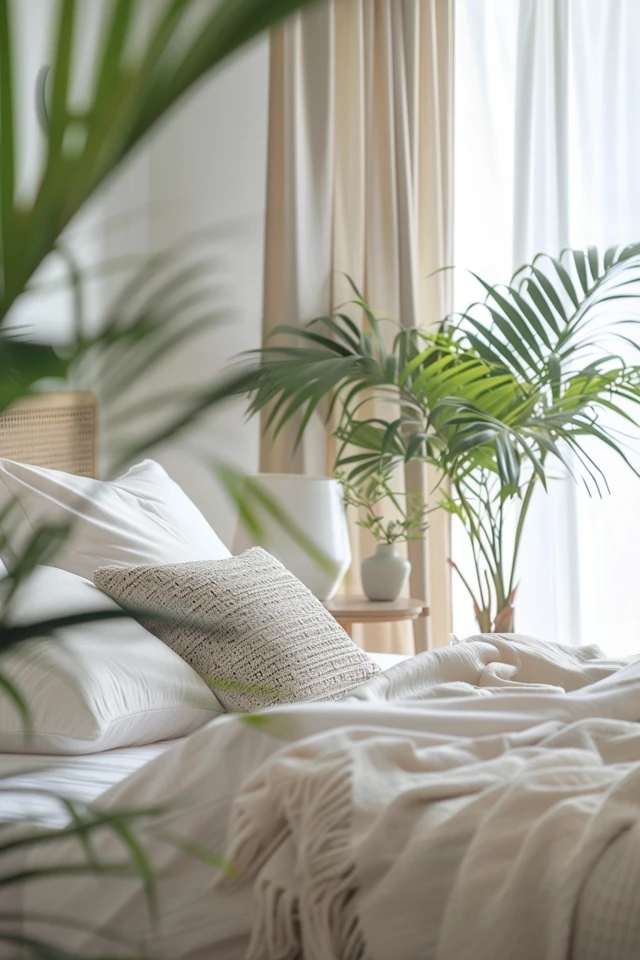
3. Focus on Biophilic Design to Bring Nature Indoors and Improve Well-Being
Biophilic design emphasizes the connection between humans and nature, promoting well-being and creating calming and restorative spaces.
Natural Light: Maximize natural light by using large windows, skylights, and glass doors. Natural light enhances mood and reduces the need for artificial lighting.
Natural Materials: Incorporate natural materials like wood, stone, and clay into your design. These materials add warmth and a sense of connection to nature.
Green Walls: Create green walls or vertical gardens to bring greenery indoors. These installations improve air quality and add a striking visual element.
Water Features: Include water features like fountains, aquariums, or indoor ponds. The sound of flowing water creates a soothing ambiance.
Nature-Inspired Decor: Use nature-inspired decor elements such as botanical prints, natural textures, and earthy color palettes. These elements evoke the beauty of the outdoors.
4. Adopt Multifunctional Furniture to Maximize Space and Versatility
With the rise of smaller living spaces and the need for adaptable environments, multifunctional furniture is becoming increasingly popular.
Convertible Furniture: Choose convertible furniture like sofa beds, extendable tables, and fold-out desks. These pieces save space and offer flexibility.
Modular Systems: Use modular furniture systems that can be reconfigured to suit different needs. Modular sofas, shelving units, and storage solutions offer versatility.
Built-In Storage: Incorporate built-in storage solutions such as under-bed drawers, built-in wardrobes, and hidden storage compartments. These solutions maximize space and keep the room clutter-free.
Movable Partitions: Use movable partitions or room dividers to create flexible and adaptable spaces. These partitions can be adjusted to change the layout of the room.
Multifunctional Decor: Select decor items that serve multiple purposes, such as storage ottomans, nesting tables, and decorative baskets. These items enhance functionality while adding aesthetic appeal.
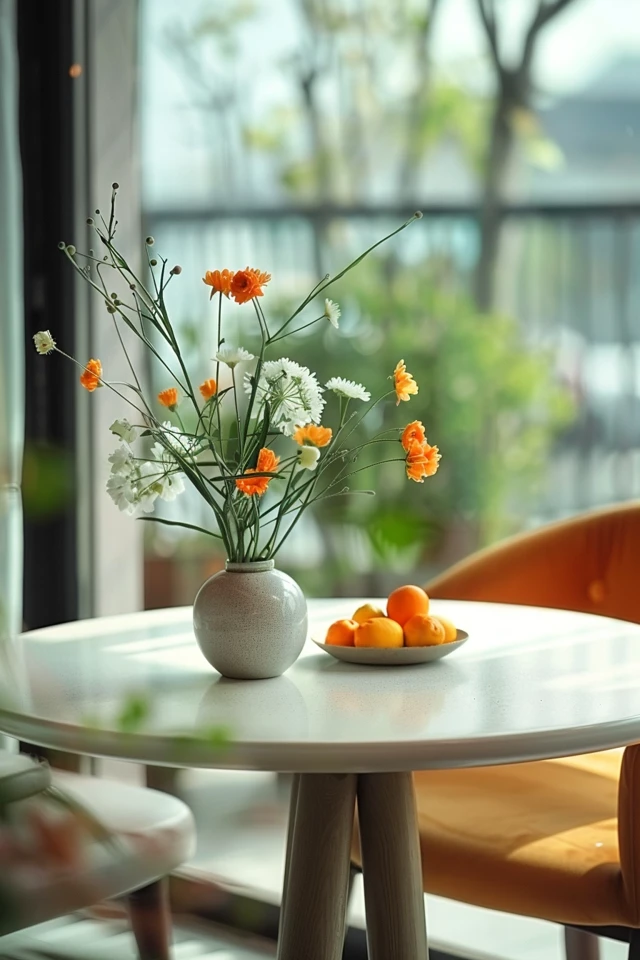
5. Personalize Your Space with Unique and Meaningful Decor Elements
Personalization is key to creating a home that reflects your personality and style. Incorporating unique and meaningful decor elements adds character and warmth to your space.
Custom Art: Display custom art pieces that reflect your taste and interests. This could include commissioned paintings, family portraits, or DIY artwork.
Personal Collections: Showcase personal collections such as books, travel souvenirs, or vintage finds. These items add a unique touch and tell a story.
DIY Projects: Incorporate DIY projects into your decor. Handmade items like knitted blankets, pottery, or upcycled furniture add a personal touch.
Statement Pieces: Use statement pieces like bold rugs, unique lighting fixtures, or striking furniture to create focal points. These pieces draw attention and add visual interest.
Meaningful Textiles: Choose textiles with personal significance, such as heirloom quilts, handmade cushions, or culturally significant fabrics. These items add warmth and a sense of connection.
Conclusion
As we look to the future of interior design, it’s clear that sustainability, technology, and personalization will play significant roles in shaping our living spaces. By embracing these trends, you can create a home that is not only stylish but also functional and environmentally friendly. Opt for sustainable design, integrate smart home technology, focus on biophilic design, adopt multifunctional furniture, and personalize your space to reflect your unique style.
As an architect and interior designer, I believe that thoughtful design can significantly improve your quality of life. The trending style room ideas presented here offer a perfect blend of innovation and timeless appeal, making them ideal choices for those looking to stay ahead of the curve. Whether you’re starting from scratch or updating your current space, these ideas will help you achieve a dynamic and stylish look that is both contemporary and forward-thinking.
Remember, the key to successful interior design is to make it your own. By incorporating your personal style and preferences, you can create a room that not only looks great but also feels uniquely yours. Happy decorating!
Inspirational Pictures
